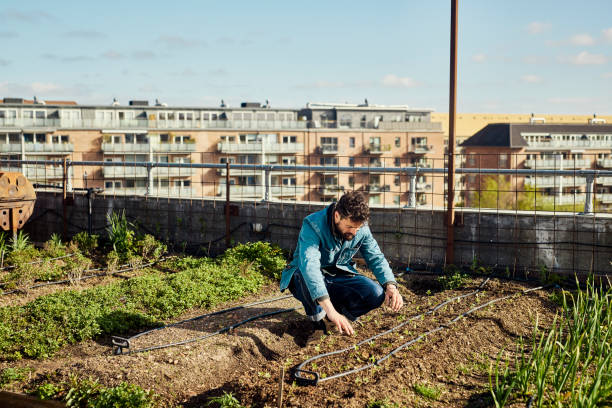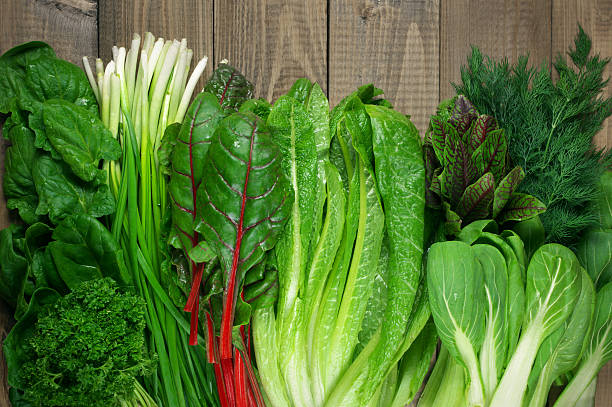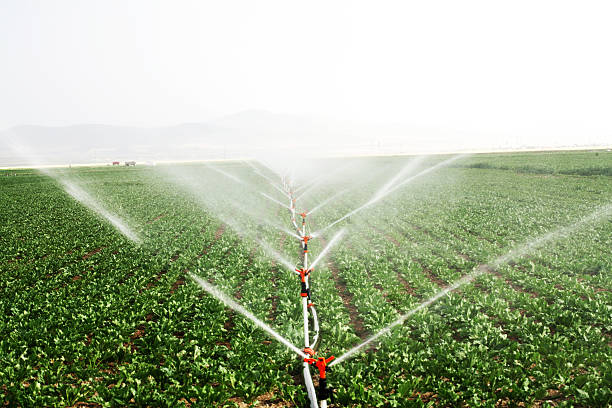Vertical and Urban farming are smart approaches to feeding the growing population and scarcity of the land to use. To successfully implement these farming methods, consider the following detailed mastermind tips:

1. Learn everything you need to know about Vertical And Urban Farming
- Vertical Farming: Growing crops in body layers or on vertically inclined structures, and it’s mostly practiced indoors with optimized conditions.
- Urban Farming: Gardens food in areas and spaces within cities including rooftops, balconies and even small pieces of land.
2. Choose the Right System for Your Needs
- Hydroponics: They cultivate plants in nutrient enriched water solution instead of soil. It requires little effort and is well suited to growing lettuces and herbs.
- Aeroponics: They are developed in an air or mist culture system, that is they do not require soil to grow. It consumes relatively less water but its operation is recommended to be done by experts.
- Aquaponics: This integrates fish farming with hydroponic production also enhances the production of fish and the plantations as well to meet the market demand. Fish produce wastes on the part of the system to feed plants, while plants in some manner, purify the water for the fish.
- Soil-Based Systems: Perfect for outdoor environments of urban farming using bed structures or containers.
3. Select Crops Wisely

Start with crops that grow quickly and require minimal space, such as:
- Leafy Greens: Spinach, lettuce, kale.
- Herbs: Basil, parsley, cilantro.
- Microgreens: Turnip, spinach, and rocket.
- For further advancements, give space to such high value crops as strawberries, peppers or cherry tomatoes.
4. Optimize Your Space
- Freespace: Use vertical racks, wall mounted systems or plant hangers to take full advantage of any urban landscape.
- Use multi-layer mounting with lighting in the indoors arrangements.
- Rooftop or balcony gardening in containers or raised beds
5. Invest in Crucial Lighting
- Urban and indoor setups invariably mean none (or little) natural sunlight, so LED grow lights are necessary.
- Choose the full-spectrum LEDs for even plant development.
- Use light intensity and duration depending upon type of crop and its growth stage.
- At correct heights: You do not want to roast your plants and waste energy with lights.
6. Keep Proper Ventilation and Air Flow
- Add fans or ventilation systems in order to provide equal air circulation especially indoors.
- Action: airflow will prevent mold, pests and fungal diseases.
- You must also be precise with temperature and
- on the crops you are growing.
7. Optimum Irrigation

- Adopt drip irrigation or closed-loop systems to reduce water consumption.
- Keep a watch on pH of water (5.5–6.5 pH for most types of produce) and never let your irrigation be solely dependent upon water testing kits.
- Think about rooftop harvesting for outdoor city farm designs too.
8. Use Top-Grade Growing Materials
- Go for loose, fertility-heavy mediums:
- Hydroponics), coco coir and perlite or rockwool.
- Soil-Based Systems: A combination of organic compost, peat moss and vermiculite is needed for the use of plants.
- So the medium should give you excellent drainage and aeration.
9. Aquasense and plant wellness
- Keep water or soil macronutrients (nitrogen, phosphorus and potassium; calcium, sulfur, iron, magnesium, zinc) levels balanced among plants and inspect micronutrients regularly.
- Buyers will invest in delivery systems of nutrients like auto hydroponics dosing pumps.
- Look for yellowing or stunted growth and adjust the fertilizer to make sure you are not deficient in any nutrients.
10. Implement Technology for Efficiency
- Integrate Smart Farming Tools like sensors to sense environmental parameters like
Temperature (R): This changes by crop, e.g. LET for leafy greens 18–24°C
Humidity: Be in range of 50-70 % to not get plants stressed or suffer fungal problems.
Photosynthetically Active Radiation (Light Intensity): Make sure consistent PAR
- Auto irrigating, lighting and nutrient delivery for more efficiency and less time
11. Prioritize Pest and Disease Management
- Try tricky pest and disease management strategies like using natural predators (lady bugs, parasitic predatory mites), or spraying neem oil.
- For indoor setups, keep it sanitary to guard against invasion from pests.
- Plant rotation regularly so you do not produce the same crops over and over in one area, for soil borne disease and pests.
12. Sustainability plan
- Recycle (e.g. empty containers, wooden pallets or pipes) to plant systems.
- Stomp out organic waste to home grown fertilisers.
- Choose power-saving equipment such as solar lighting and pumps.
13. Get active in the neighbourhood
- Enrol into urban farming networks or forums, get together & learn/talk
- Collaborate with restaurants and other local grocery stores or markets to sell the surplus produce.
- Join community gardening projects so that farming becomes accessible to all
14. Start with a Little and Scale
- Begin with a small scale pilot project to trial your system, seed and methods.
- Keep an eye on outcomes, adjust the process and scale-up as you fine tune.
- Track your progress to see where you can improve, as well as celebrate the small victories.
Use these specific guidelines to create a successful and sustainable vertical or urban farming system leading to more healthy communities and a cleaner planet.


